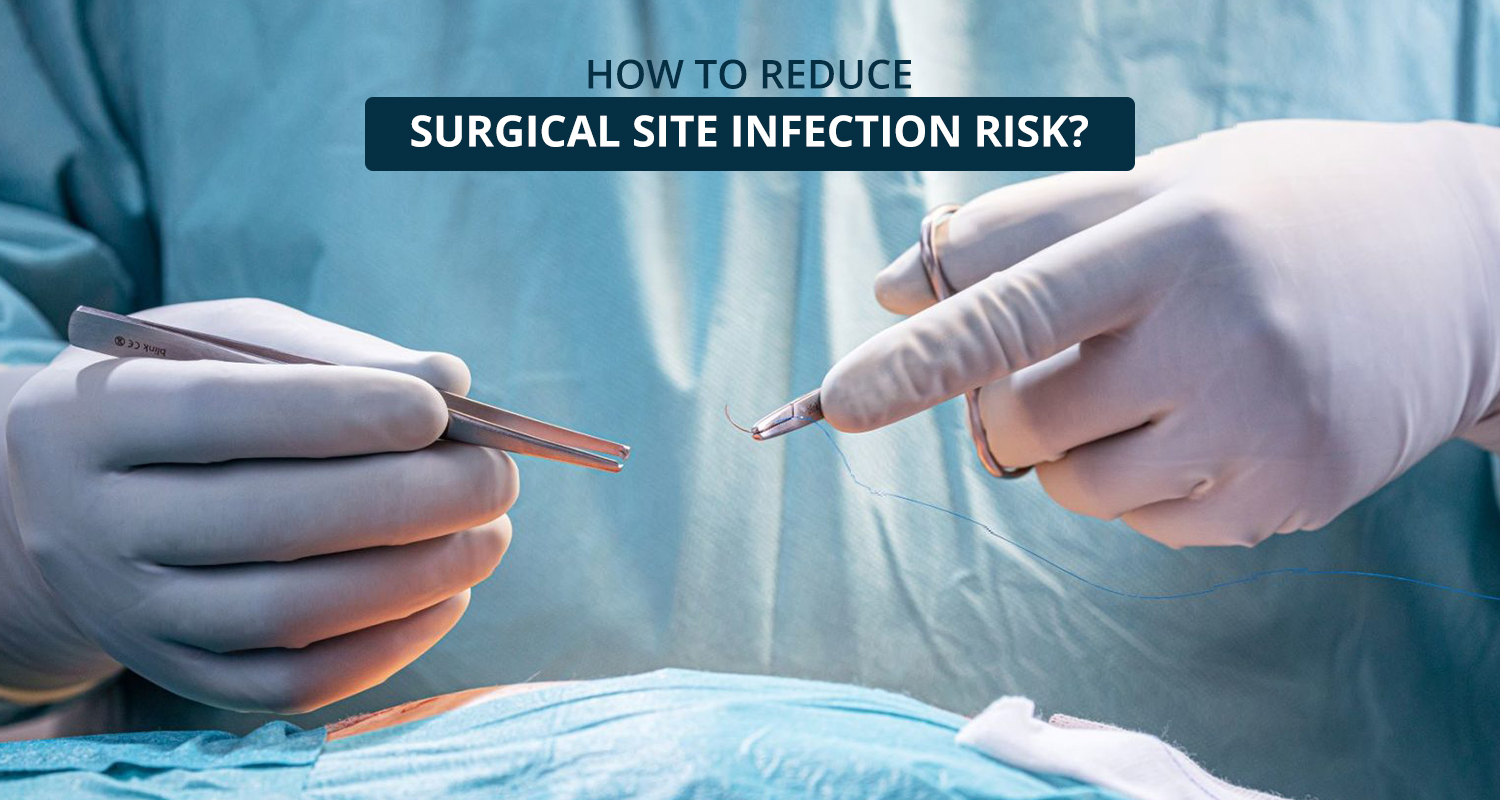

Your skin is a natural barrier against infection. Even with numerous protocols and precautions to contain the infection, any surgery that leads to a skin break can result in an infection.
Doctors have termed these infections as SSIs (surgical site infections), which might occur at the site of the surgery. In fact, there is a 1-3% chance of developing SSI after undergoing a surgery. Keep reading this blog post till the end to understand surgical site infections and how to deal with them.
Causes of SSI
Germs cause infections post any surgery. Typical causes include the bacteria Streptococcus, Staphylococcus and Pseudomonas.
Germs can contaminate a surgical wound through various contact forms. These include:
- Germs in the air
- The touch of a surgical instrument or dirty caregiver or
- Through the current presence of germs on your body which has reached the wound.
The risk degree for an SSI is related to the surgical wound type a patient has. One can classify surgical wounds in a below-mentioned way:
- Contaminated wounds: These occur while operating on an internal organ. The organ contents get spilt into the wound.
- Clean-contaminated wounds: These have no proof of infection during the surgery. However, these happen after an operation in the internal organ.
- Dirty wounds: Such wounds occur when a known infection exists during surgery.
- Clean wounds: These are not contaminated or inflamed or contaminated and do not affect an internal organ operation.
Prevention Strategies for an SSI
If you have a surgery scheduled, inquire with your doctor what you can do to lower your chance for an SSI. It’s essential to quit smoking before surgery and inform your surgical professionals about your medical history. You must do this, particularly if you have chronic illness or diabetes. Also, try not to shave the skin area that the surgeon will operate on. Also, reach out to your doctor if you spot pus or have fever, redness, pain, heat or tenderness near the wound.
In addition to these, the healthcare workers also need to exercise precaution during the surgery to prevent SSIs, especially when it comes to using sharps. It is important to use sterile and disposable scalpels and blades to ensure the safety of patients and the healthcare workers. HMD offers sterile scalpels that are made from premium quality steel, which also make them resistant to rust and corrosion. The blades are manufactured using the strictest quality standards for safety and hygiene.
Treatment for SSI
Antibiotics can help cure most SSIs. Moreover, treatment for SSI varies from person to person, depending on their condition. Additional surgery or treatments may be required in some cases. Ensure your visitors wash their hands before and after entering your room when recovering after the surgery. Ensure that nurses, doctors, and other care providers clean their hands as well.
The Right Time to Ask For Help
Consider calling for help in the below cases:
- Increased pain, tenderness or soreness at the surgical area.
- An increased redness, red streak, or puffiness around the incision
- Cloudy, bad-smelling or cloudy release from the incision
- Dissolved stitches before the wound heals.
- A high fever 100.4°F (38°C)
- Feeling lethargic for longer periods.
Conclusion
You need to be extremely cautious after the surgery. Little carelessness can worsen your operated area, leading to more hospital trips. Make sure to keep the above tips in mind to keep SSIs at bay.

